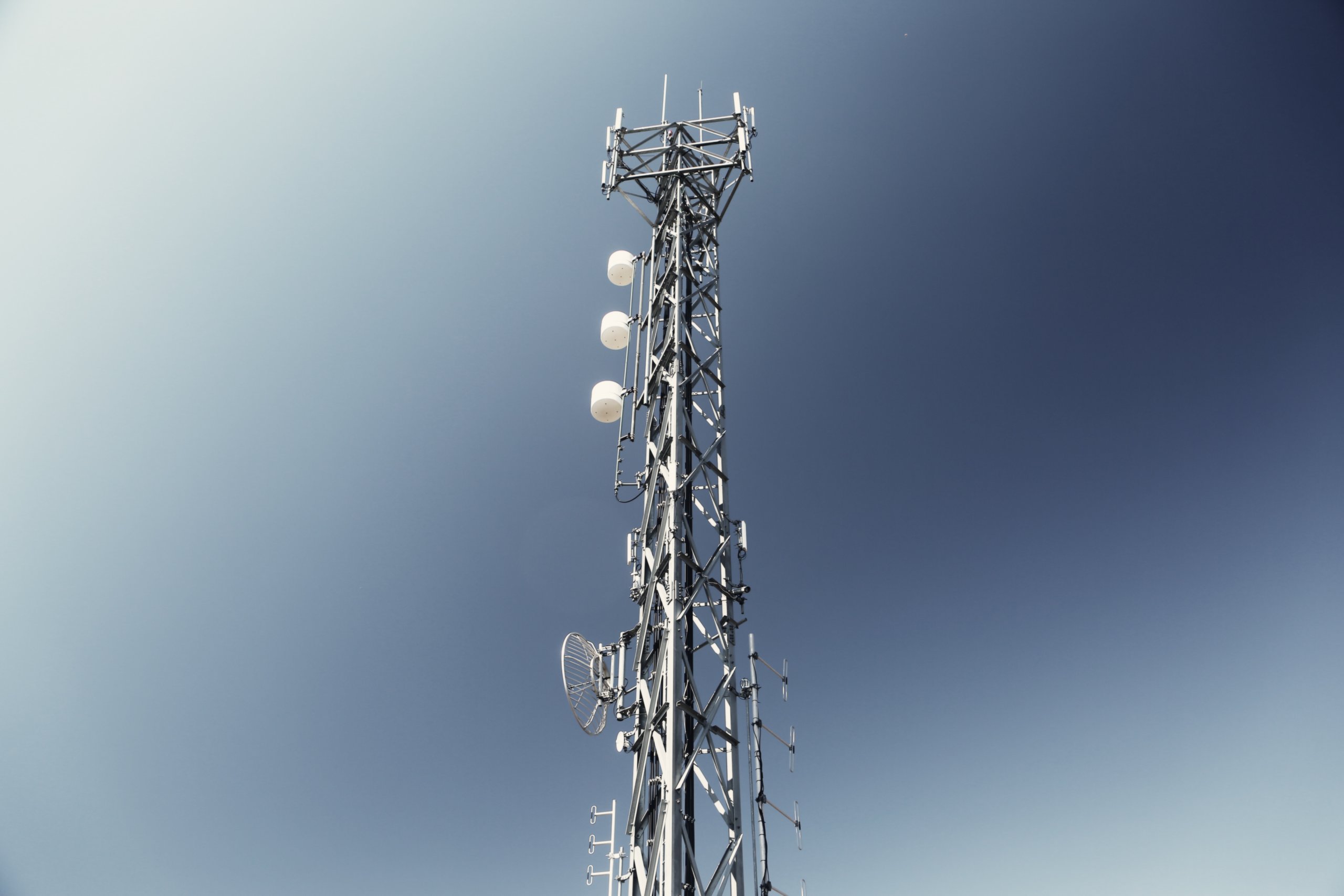
The Internet of Things (IoT) allows us to send, receive, and act upon data in myriad ways by connecting physical objects. Cellular IoT is a way of connecting these physical things through the same mobile networks that smartphones utilize. Its infrastructural elegance and the arrival of 5G mean that cellular IoT will play an integral role in the future of IoT development and innovation.
Cellular Networks Empower IoT Innovation
The world runs on cellular technology. Whether you’re looking for directions on Google Maps, checking your email, or posting to Instagram, cellular networks are responsible for getting your data where it needs to go. But we’re no longer just using these modern technological capabilities for only connecting with friends and family.
The advent of IoT has opened up society’s eyes to the vast value of connecting physical objects around us. Whether it’s streetlights and parking meters, heart rate monitors and hospital asset management tools, or tractors and assembly lines, IoT connectivity offers the ability to enhance numerous industries and sectors.
The same cellular technology empowering your smartphone is driving the next wave of IoT innovation. Stockholm-based telecom company Ericsson projects that amount of devices connecting to cellular IoT networks will expand at a combined annual growth rate of 19% until 2023. Essentially, this means that more than 3.5 billion of the 20+ billion IoT devices connected by 2023 will be cellular.
So, What’s Cellular IoT, and Why’s It Expanding So Much?
Simply put, cellular IoT is a way of connecting physical objects, like IoT devices and sensors, to the internet through the same means that your smartphone uses. Rather than necessitating a new private network for your IoT devices, they can instead piggyback on mobile networks.
This is especially important for devices that require a wide range of coverage. Cellular IoT is basically an alternative to low-power, wide-area (LPWAN) networks.

Because the infrastructure to support cellular technology is already in place, we don’t need to build any new systems for cellular IoT. The networks are already there, and as we each know from our smartphone use, they’re capable of facilitating massive flows of data.
Now, you may be wondering, if this has been available for a while, why haven’t we leveraged it before? Great question! For a long time, cellular IoT devices consumed a gargantuan amount of power. This limited their usefulness and versatility for applications.
Today, cellular sensors can collect and transmit data across considerable distances without expending too much energy. And when you couple this with the addition of 5G, cellular IoT’s future couldn’t look brighter.
LTE-M or NB-IoT?
Nearly every cellular IoT application today relies on one of two technologies: LTE-M or NB-IoT. Each option possesses unique advantages that could be more appropriate for specific applications. But, generally speaking, cellular IoT device users usually depend on whichever one is the standard of their region. For instance, the North American continent, from Toronto to Los Angeles, relies on LTE coverage, whereas Eastern Europe and Africa utilize GSM.
It’s worth noting that LTE is likely to overtake GSM for cellular IoT applications. LTE-M (Long Term Evolution for Machines) is a network standard that lets IoT devices readily use existing cell networks. With one simple software update, LTE-M-enabled devices can communicate with the cloud. They’re also better-suited for “mission-critical” applications where real-time data transfer is imperative, such as autonomous vehicles or emergency devices.

NB-IoT (Narrowband-IoT) can support regions without great LTE coverage or applications that only need to transfer small amounts of data. Examples include an energy usage monitor in a smart building or a soil sensor on a farm. As its name implies, NB-IoT only leverages a narrow sliver of the total bandwidth that cell towers project. If you foresee that you’ll only need to send small amounts of information or are in an area where GSM is the standard, NB-IoT may be the better option for you right now.
5G’s Fueling Cellular IoT’s Future
There’s no shortage of hype surrounding 5G, the fifth generation of cellular technology, and for good reason — it’s poised to transform emerging technologies like IoT. It’s likely that 5G will operate alongside LTE and GSM cell networks well into the better part of this decade, though.
For industrial applications, 5G will be able to provide ultra-secure, hyper-fast capabilities that can support thousands (if not millions) of devices in manufacturing plants or logistics centers. These networks will operate at ten times the speed of what we have available today.
On the consumer side of things, 5G will give self-driving vehicles more autonomy and enhance virtual and augmented reality to the point that they’re truly immersive.
It’s honestly difficult to predict or comprehend the changes that 5G-fueled cellular IoT will bring. It’s unprecedented, to say the least. But one thing is certain: Cellular IoT will usher in a new wave of innovation, one that will be tangible and visible to everyone. And the world will never be the same.
What do you think about cellular IoT? What do you think the future technological landscape looks like with 5G added into the mix? As always, let us know your thoughts in the comments below!





